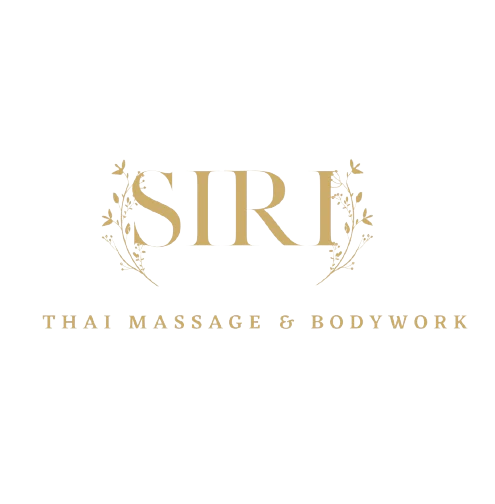
What is Thai Massage?
Thai massage, also known as "Nuad Bo-Rarn" or "Thai yoga massage," is a traditional healing practice that originates from Thailand. It is a holistic approach to bodywork that combines elements of yoga, acupressure, and stretching to promote physical and mental well-being. Thai massage is performed on a floor mat, and the recipient remains fully clothed throughout the session.

Key features of Thai massage include:
-
Yoga-Like Stretches: Thai massage incorporates passive yoga-like stretches that are performed by the practitioner on the recipient's body. These stretches help improve flexibility, increase range of motion, and release tension in muscles and joints.
-
Acupressure Points: The practitioner uses their hands, thumbs, elbows, and sometimes even their feet to apply pressure to specific acupressure points along energy lines (sen lines) of the body. This helps stimulate energy flow, relieve blockages, and promote balance.
-
Sen Energy Lines: Similar to the concept of meridians in traditional Chinese medicine, Thai massage focuses on sen lines to promote the movement of vital energy (prana or chi) throughout the body. Manipulating these lines is believed to support overall health and well-being.
-
Breath Awareness: Both the practitioner and the recipient engage in mindful breathing techniques during the session. This helps enhance relaxation, improve energy flow, and deepen the stretches.
-
Clothed Practice: Thai massage is typically performed with the recipient wearing loose and comfortable clothing. This allows for ease of movement during the stretches and ensures modesty.
-
Four Positions: Thai massage is traditionally performed in four positions: supine (lying on the back), prone (lying face down), side-lying, and seated. Each position allows for different stretches and techniques to be applied.
-
Holistic Approach: Thai massage is not just about physical manipulation but also encompasses elements of mindfulness, energy work, and relaxation. It is aimed at addressing not only physical tension but also promoting mental clarity and emotional balance.
Thai massage is known for its many potential benefits, including:
- Improved flexibility and range of motion
- Reduced muscle tension and stiffness
- Enhanced energy flow and circulation
- Stress reduction and relaxation
- Relief from chronic pain, headaches, and back pain
- Improved posture and body alignment
It's important to note that while Thai massage can be highly therapeutic, it may not be suitable for everyone. Individuals with certain medical conditions, recent injuries, or specific health concerns should consult a qualified healthcare provider before undergoing Thai massage. Additionally, seeking a trained and experienced practitioner is crucial to ensure a safe and effective session.

